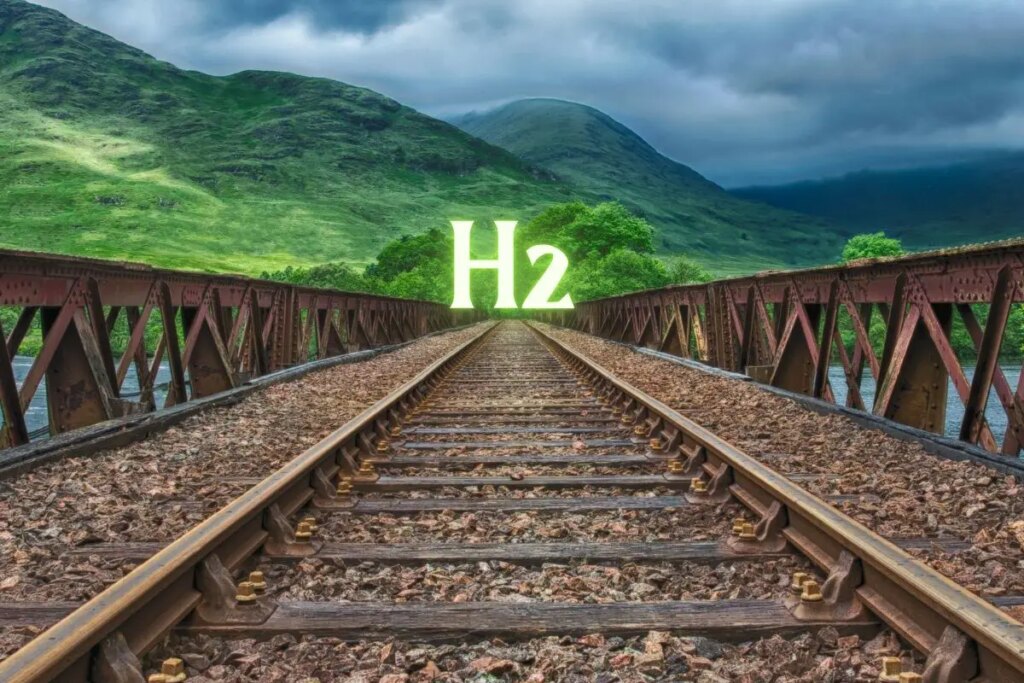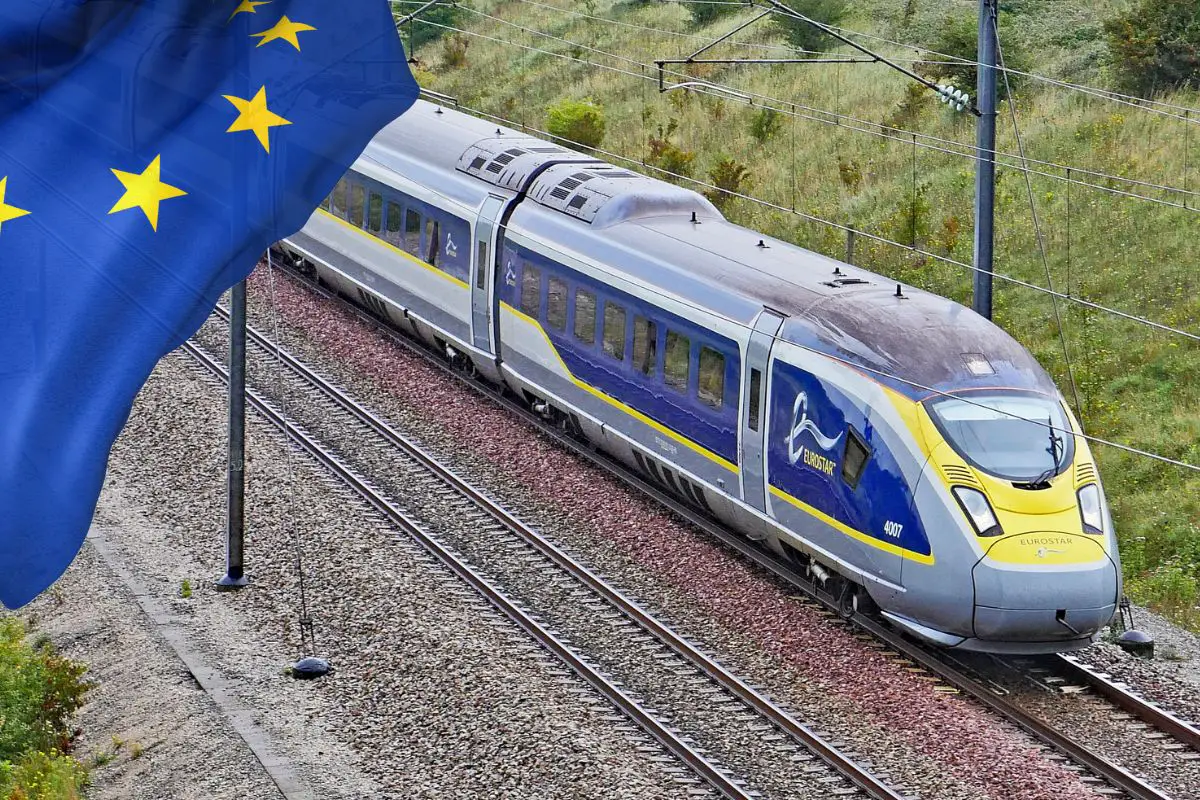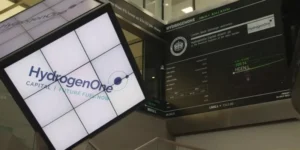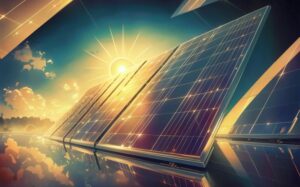The Hydrogen Revolution In Rail: A Global Transformation In Motion

A monumental transformation is underway in the world of locomotives. Hydrogen trains are already rolling in over a dozen countries, signaling an inevitable shift in rail transportation. Recent news reports highlight this trend. In April, CSX debuted its first hydrogen-powered freight locomotive; in May, Alstom was recognized by Fast Company for its first H2-powered Canadian passenger train; and in June, Stadler delivered in California the first hybrid hydrogen and battery electric passenger train meeting Federal Railroad Administration (FRA) regulations. The activity is not just limited to North America. Similar demonstration projects are occurring throughout Europe and the U.K., as well as in Korea, China, Japan, and India.
While these stories might seem like isolated events, they signal a dramatic shift driven by market dynamics and the pressing need to decarbonize. These dual influences are propelling railway systems worldwide toward the fourth major transformation in locomotive power in the industry’s 200+ year history.
Historical Waves of Locomotive Innovation
The first wave began with high-pressure steam-powered locomotives in the early 1800s, starting in the U.K. The technology advanced rapidly, and by the mid-19th century, steam engines were the backbone of transportation worldwide.
The second major transformation occurred towards the end of the 19th century with the introduction of electric locomotives, driven by the need for cleaner trains, especially in underground subways and tunnels. This change was spearheaded in Germany with Werner von Siemens’ demonstration of the first electric passenger train in 1879 and the transition in the 1920s to alternating current technology, which made it feasible to electrify longer rail lines.
The third wave saw the rise of diesel-electric locomotives, which displaced steam engines everywhere electrification was not feasible. This transition began in the U.S. in 1940 with General Motors’ Electro-Motive Division and was largely concluded by 1960 in North America.
Electrification of Railways
Electrification is ideally suited for high-density routes between major cities. High-speed rail lines connecting Paris to London, Berlin to Paris, Washington D.C. to Boston, and other similar routes benefit from electrification due to their efficiency and economic viability.

Electrified rail offers reduced emissions and lower operational costs once the infrastructure is in place. However, the high initial costs, the need for straight high-speed tracks, and significant infrastructure investments make widespread electrification a financial challenge except when connecting two significant population centers. Additionally, electrification requires a reliable and abundant electricity supply, which adds strain to existing utility grids already breaking down in Texas and California.
Given these factors and others, only about 56% of trains in Europe and 31% of railways globally are currently electrified. As shown in the attached figure, less than 1% of rail lines in the U.S. and Canada are electrified, with the Accela line running along the Northeast Corridor being the most significant example. Today, the remaining non-electrified routes are served by diesel-electric engines.
Hydrogen Fuel Cell Electric Locomotives
To achieve decarbonization commitments, all non-electrified routes, currently served by diesel-electric engines, must transition to battery-electric or hydrogen-electric locomotives.
Of the two, hydrogen-electric engines provide considerable commercial advantages. They are faster to refuel, provide greater range and pulling capacity, and can dedicate a higher percentage of total load capacity to revenue production since hydrogen tanks weigh far less than battery storage. Hydrogen locomotives also offer lower life-cycle emissions and fewer requirements for wayside infrastructure compared to overhead electric wires.
Hydrogen locomotives can operate on existing tracks without major modifications, offering flexibility and adaptability. As illustrated by the above-referenced CSX case, late-model diesel-electric locomotives can be retrofitted to hydrogen using conversion kits in addition to new hydrogen-electric engines. Hydrogen fuel cells produce electricity through a chemical reaction between hydrogen and oxygen, emitting only water vapor. This makes hydrogen an environmentally friendly option suitable for long-distance and freight transport.
Currently, hydrogen for early demonstration projects is delivered in gaseous hydrogen tube trailers or cryogenic form via truck. While suitable for initial localized projects, neither method is economically or logistically viable for widespread adoption. Building hydrogen refueling stations approximately every 350-500 miles along rail lines and ensuring a reliable supply of hydrogen via pipe represent critical steps to enabling this revolution. The pipeline technology exists to safely fulfill this requirement, and companies such as H2C Safety Pipe, Inc. provide double-wall containment technology to ensure that any leakage from the hydrogen carrier pipes will be safely controlled and continuously monitored.
This pipeline infrastructure can be scaled incrementally, starting with key routes and expanding as technology and demand grow. Four- to six-inch diameter hydrogen carrier pipelines buried in dedicated trenches or as part of multi-service utility corridors alongside existing rail tracks provide an ideal solution. These pipelines would emerge every 350 to 500 miles to refuel trains, similar to how water towers were used for steam engines in the past. A per kilogram charge on hydrogen could fund these advancements, retiring the infrastructure investment over the 50-year rated lifetime of the hydrogen pipelines.
 Railway systems already control the right-of-way along rail sidings for such pipelines to be routed, thereby simplifying such infrastructure build-out. Accordingly, to the extent governments assist rail companies to put in place the requisite infrastructure, the World Business Academy – a nonprofit think tank and action incubator that explores the role of business in relation to critical moral, environmental, and social issues – predicts this transformation could sweep across the industry in as little as twenty years.
Railway systems already control the right-of-way along rail sidings for such pipelines to be routed, thereby simplifying such infrastructure build-out. Accordingly, to the extent governments assist rail companies to put in place the requisite infrastructure, the World Business Academy – a nonprofit think tank and action incubator that explores the role of business in relation to critical moral, environmental, and social issues – predicts this transformation could sweep across the industry in as little as twenty years.
It bears note that this duration is comparable to how long it took for diesel-electric locomotives to displace high-pressure steam engines in the previous wave of innovation.
By Rinaldo Brutoco, Founding President and CEO of the World Business Academy
About the Author
Rinaldo Brutoco is the Founding President and CEO of the World Business Academy, a nonprofit think tank and action incubator that explores the role of business in relation to critical moral, environmental, and social issues of our time. He is an economics and business expert specializing in energy policy, renewable energy, finance, innovation, and the causes of, and adaptation strategies for, climate change. For his entire career, he has been an international leader in advancing the nature of good corporate governance, corporate accountability, business transparency, and ways that corporations can fulfill their social compact by providing goods and services that the public needs in financially prudent ways that are simultaneously consistent with sustainable environmental and employee compensation policies. He received a Congressional Commendation to this effect in October 2010 for his outstanding contributions to the field of corporate responsibility.






